Five Step Process In Restaurant Revenue Management Approach
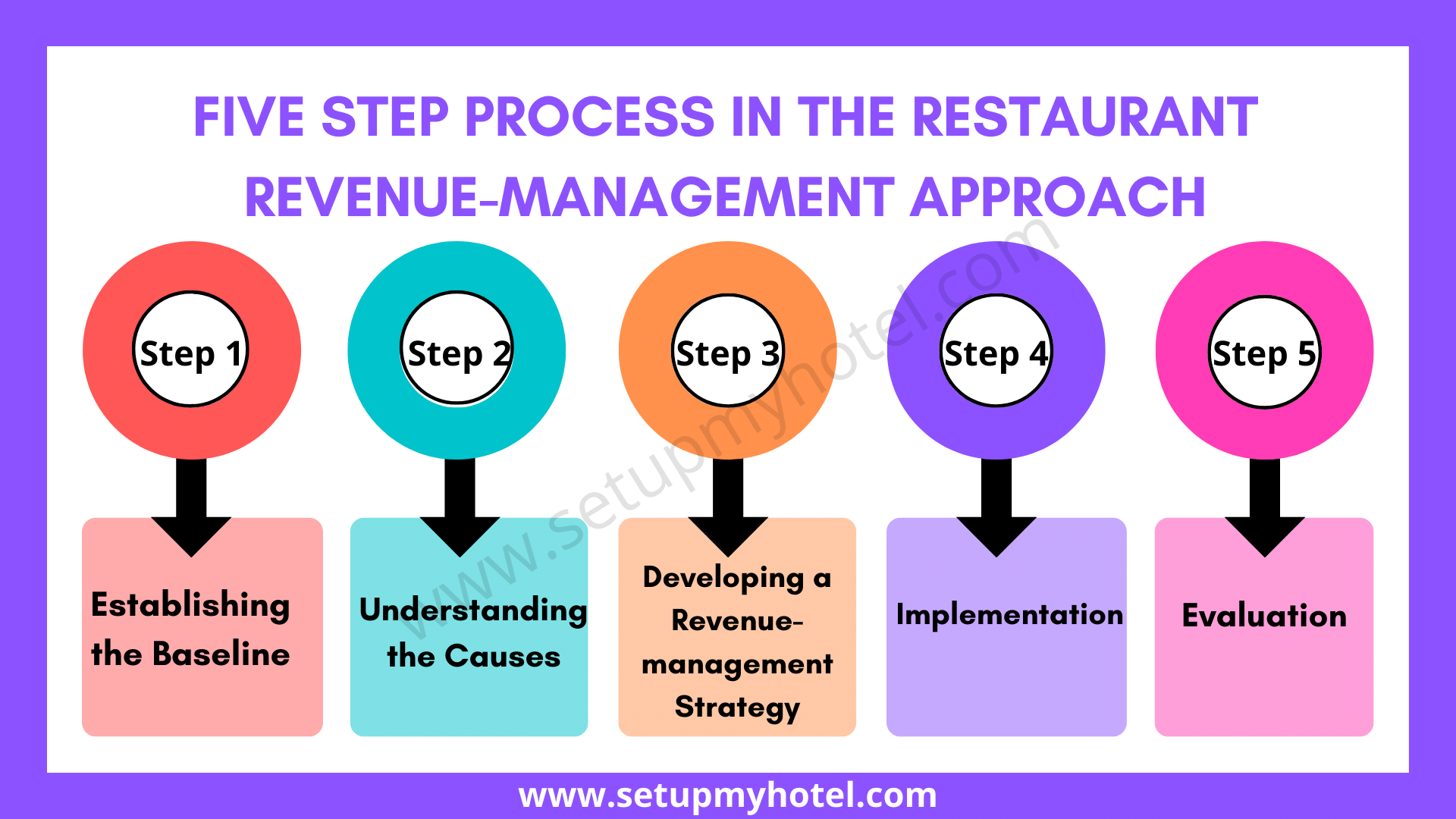
Five-Step Process In Revenue – Management Approach The five-step process outlined above was used to develop a revenue management strategy ...
Read more
The Main Factors Of Restaurant Revenue Management
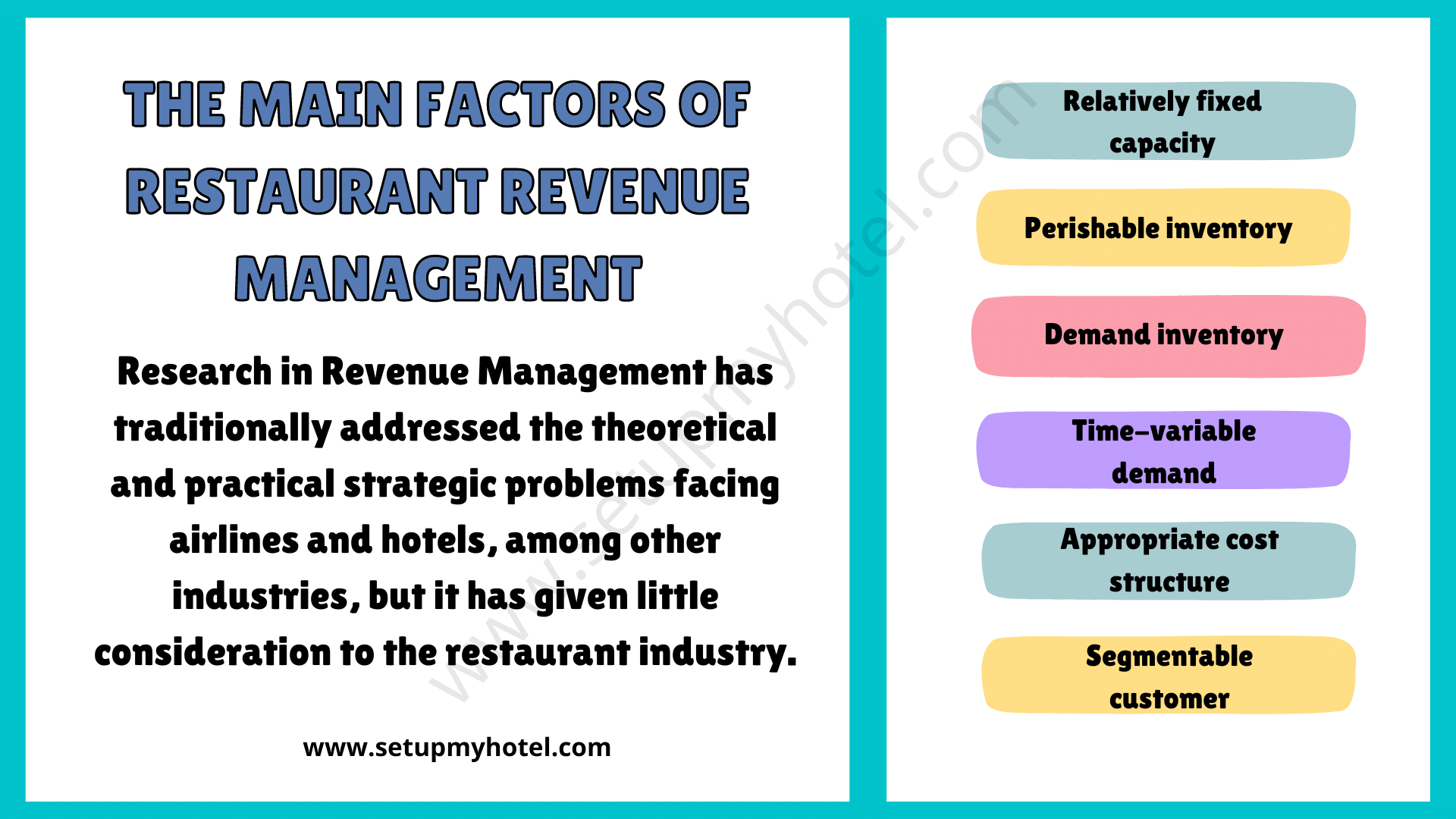
The Main Factors Of Restaurant Revenue Management Restaurant revenue management involves a strategic approach to pricing, marketing, and operations to ...
Read more
Types Of Rates / Rate Codes Used In Hotels
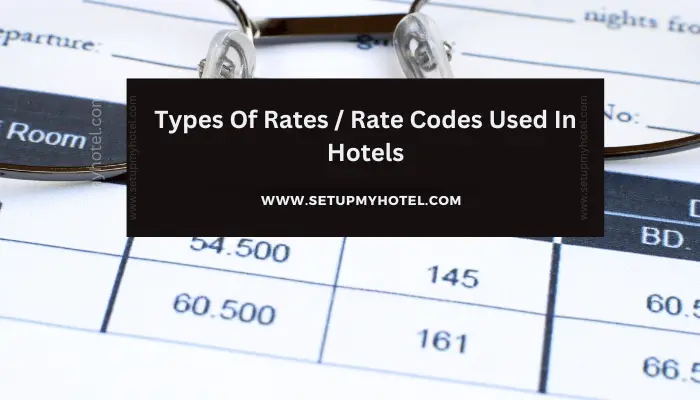
Types of Rate Codes used in hotels Hotels always have more than one rate code category for each room type. ...
Read more
FO Formula – Average Room Rate (ARR) | Average Daily Rate (ADR) Calculator | Hotels
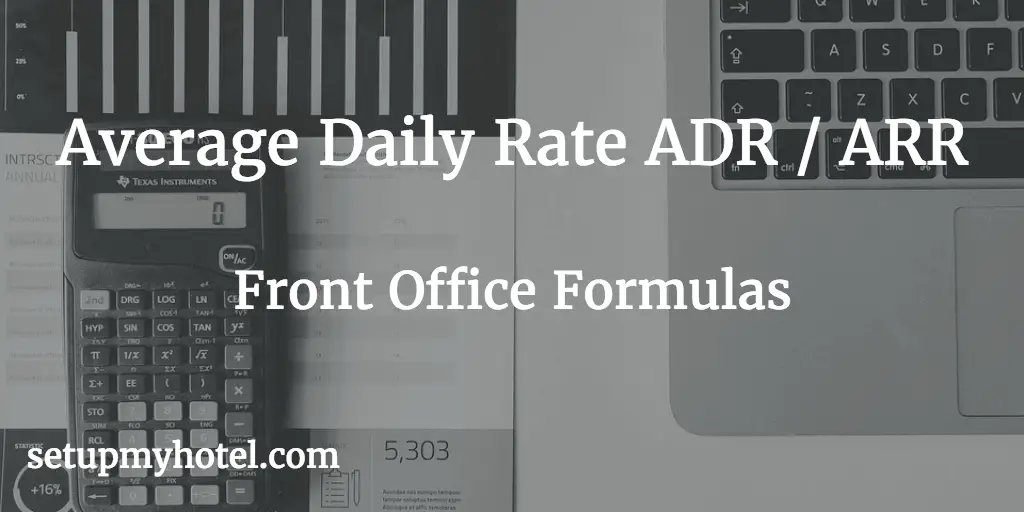
Formula to Calculate Average Room Rate (ARR) | Average Daily Rate (ADR) Calculating the Average Room Rate (ARR) and the ...
Read more
FO Formula – Average Rate Per Guest (AGR) Calculator
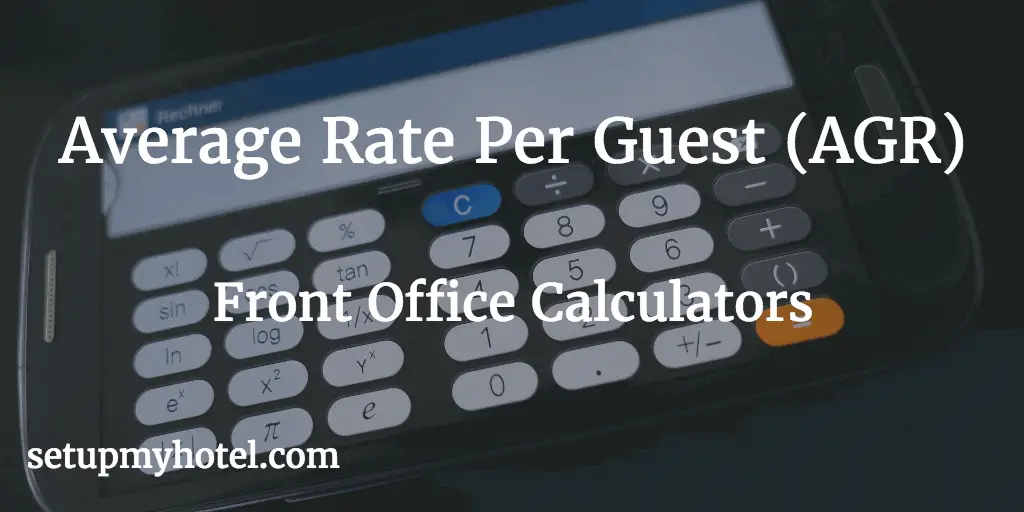
Formula For Average Rate Per Guest (AGR) – AGR Calculator The Average Rate Per Guest (AGR) – Provides the average revenue ...
Read more
FO Formula – (PAR) Potential Average Single Rate & Double Rate Calculator
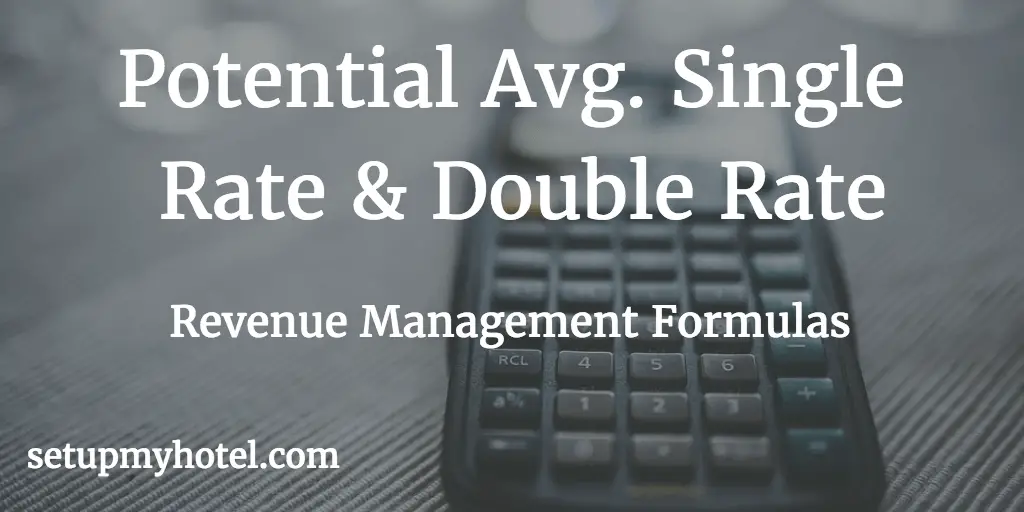
How to Calculate Potential Average Rate Single and Double Rate One of the main computations involved in the front office ...
Read more
FO Formula – Room Rate Spread Formula And Calculator
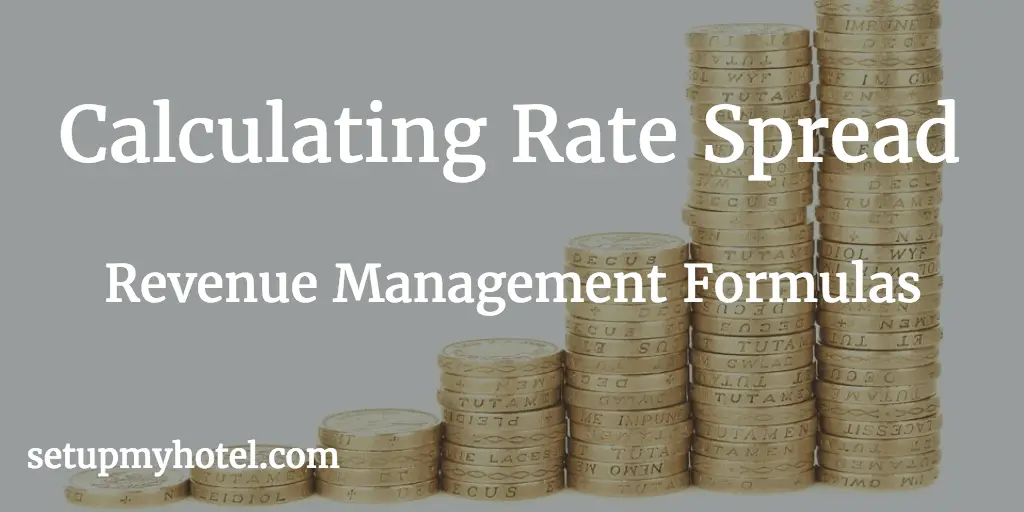
Calculating the Room Rate Spread Rate Spread is another important matrix used by the revenue management team in large hotels ...
Read more
FO Formula – Average Guest Per Room (APR) Calculator

Formula For Average Guest Per Room (APR) – APR Calculator Average Guest Per Room (APR) – Provides the average number ...
Read more
FO Formula – Multiple Occupancy Ratio / Multiple Occ. Percentage Calculator
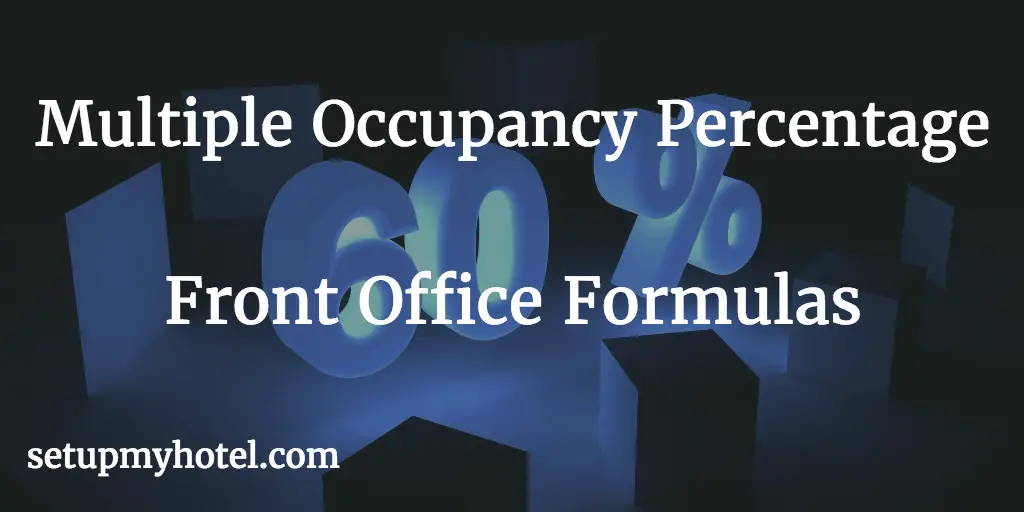
Multiple Occupancy Ratio / Multiple Occupancy Percentage Calculator Multiple Occupancy Percentage is used to determine the double occupancy ratio of ...
Read more
FO Formula – Room Achievement Factor (AF) Calculator | Rate Potential Percentage
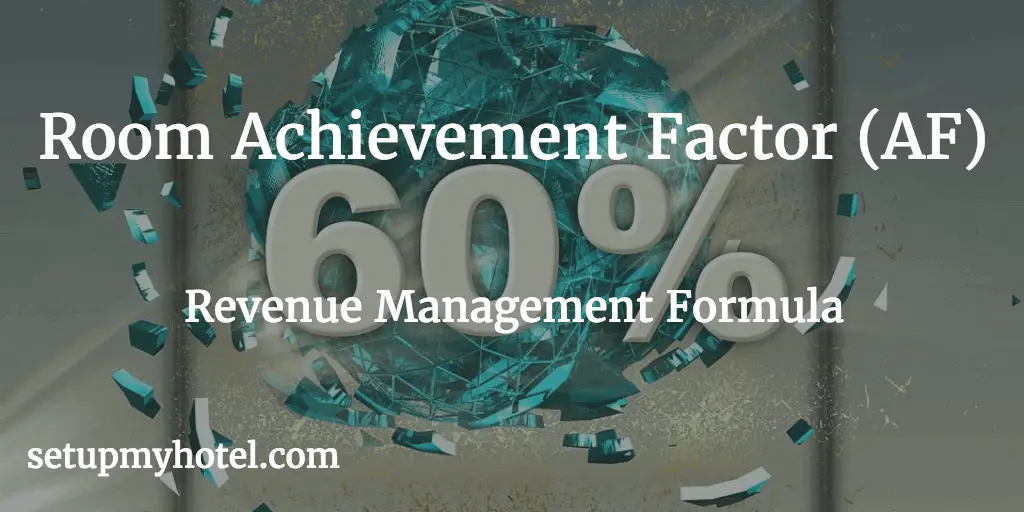
Formula For Calculating Room Achievement Factor AF (Rate Potential Percentage) The Room Achievement factor also known as Rate Potential Percentage ...
Read more









